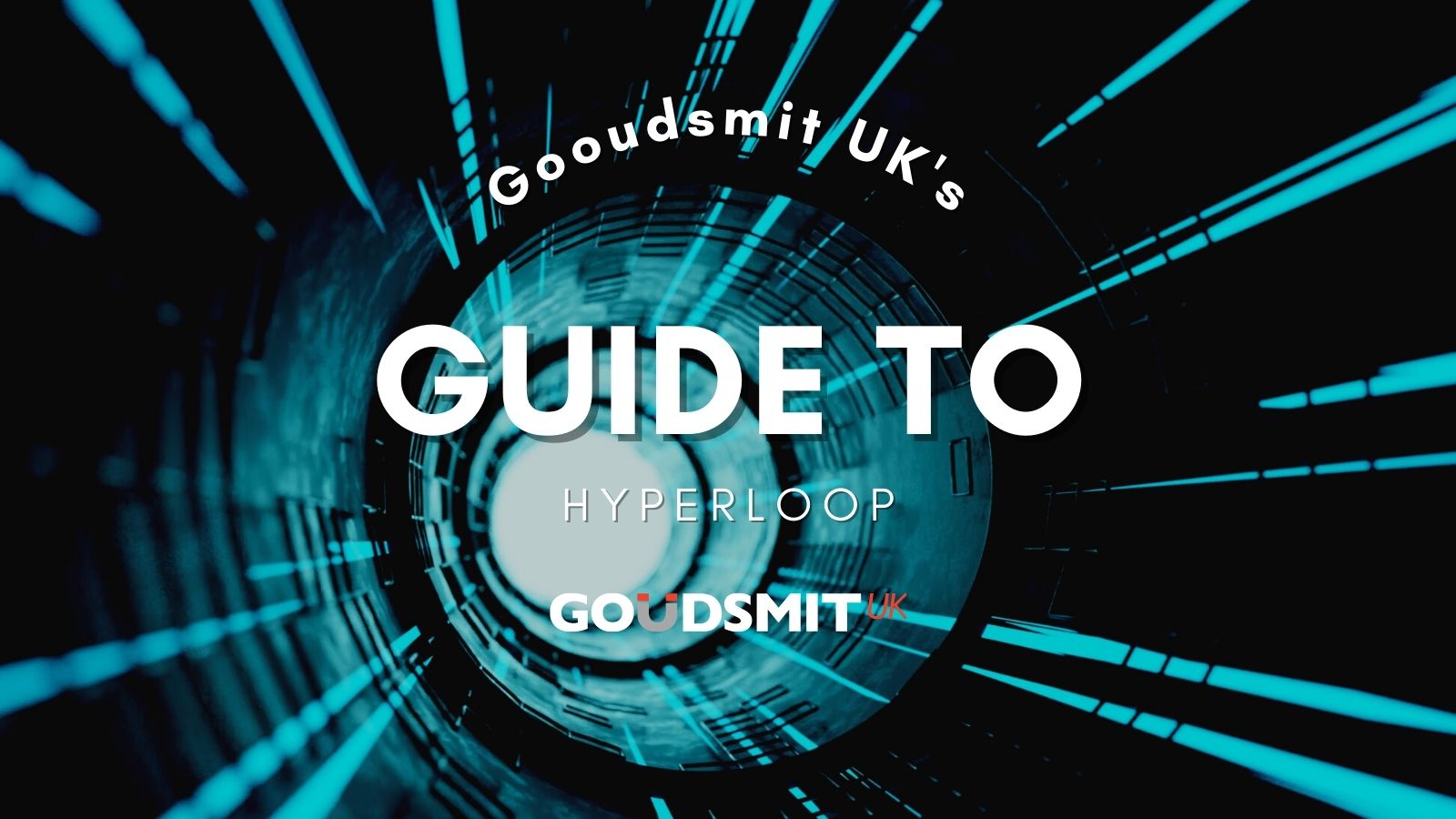Initially proposed by Elon Musk, hyperloop would propel people or cargo filled pods over long distances through steel tubes. Magnetic levitation and big vacuum pumps would do away with both friction and air resistance. Therefore, enabling hyperloop to zip along at high speeds. Not only being fast, hyperloop has the potential to be cheaper and better for the environment than planes, trains, and cars.
Hyperloop travel would revolutionise the way people travel from place to place via railroad systems. Serving as an alternative to air travel, the concept revolves around electromagnetic levitation.
But how does it work?
At its core, hyperloop is all about removing the two things that slow down regular vehicles: friction and air resistance. To do away with the former, the pod hovers above its track, like a magnetic levitation train. However, while standard maglev systems are power hungry and expensive, hyperloop uses an array of permanent magnets. As the permanent magnets move over conductive arrays on the track, they create a magnetic field that pushes the pod up, no current required. An accompanying magnet system, (two magnets pushing off one another) would give the pods a push every few miles. The lack of friction and air resistance means that a constant propulsion system is not required.
With regards to air resistance, that’s where the tube comes in. The tubes enclose the space in which the pods move through, so vacuums can be used to hoover out nearly all the air, leaving so little that the physics are like being at an altitude of 200,000 feet. Therefore, a hyperloop only needs a little bit of energy to maintain the pods’ speed, since there’s less stuff to push through. More speed with less power gets you to where you’re going faster, greener, and maybe cheaper too.
Musk confirmed that the pods would be both comfortable and safe. The pods would travel through the hyperloop one at a time. Each leaving every 30 seconds or so at rush hour and on average spaced 23 miles apart.
Hardt
To encourage more involvement in hyperloop, Musk hosted a series of student engineering competitions. 360 teams across the world participated in the competition, with Hardt becoming the first international winners of this event in 2017. Later that same year, Hardt opened their first European hyperloop test facility. With this facility, Hardt were able to develop new solutions that don’t require high-speed to test.
Hardt has placed a focus on establishing a solution for overpopulated cities and inaccessible rural areas. The company aim to develop an on-demand, affordable transport system which allows people to travel long distances in a short amount of time. All of which will be safe, accessible and emission free.
Working with several industry leaders from across the globe, including the Goudsmit Magnetics Group, Hardt are hopeful in constructing the first hyperloop high-speed test facility in the world in 2019.
Virgin Hyperloop One
An extremely similar concept, Virgin Hyperloop One created a video to explain how its system works. Pods are driven along a track which essentially is an electromagnetic motor unwound and laid flat along the floor of the tunnel.
When a current is fed through the track, the pods move forwards, accelerating until they reach a speed where they elevate, and are then guided by magnets. A sequence of vacuum pumps removes much of the tunnel’s air to the point where the atmosphere is like being 200,000 feet above sea level. Therefore, the pods became pressurised like an airplane cabin.
The company, Virgin Hyperloop One, has been the most promising regarding planned hyperloop locations. These include several proposed routes across the US, UK, Europe and the Middle East, although none have yet got the go-ahead for construction to begin. With its wealth, open space and keen interest in innovative technologies, the United Arab Emirates is a strong candidate for the first hyperloop. The hyperloop is expected to run between Dubai and Abu Dhabi early next decade.
Other routes considered by the company include connecting:
- London with Edinburgh
- Los Angeles with San Diego
- Miami with Orlando
- Reno with Las Vegas
- Chicago with Columbus and Pittsburgh
To date, Hyperloop One has received investments of $245M. Therefore, it’s hoped to begin development of its first route in 2019, with commercial services starting in 2021.
When to expect it
Officially, there hasn’t been an announcement of when Hyperloop will be ready. However, Musk has declared that it will eventually be completed. With a one-mile test track having already been built by SpaceX, the first successful trial has reportedly been carried out. However, as mentioned, Virgin Hyperloop One recently confirmed that their version of Hyperloop will be up and running by the year 2021.
Goudsmit UK
Our magnets and magnetic assemblies are perfect for most applications. With a track record for producing commercially viable products, we are your ideal manufacturing partner. For more information on our custom magnets, magnetic assemblies or engineered components, contact us on +44 (0) 2890 271 001 or email us at info@goudsmit.co.uk.
For more information download our products and services brochure.







